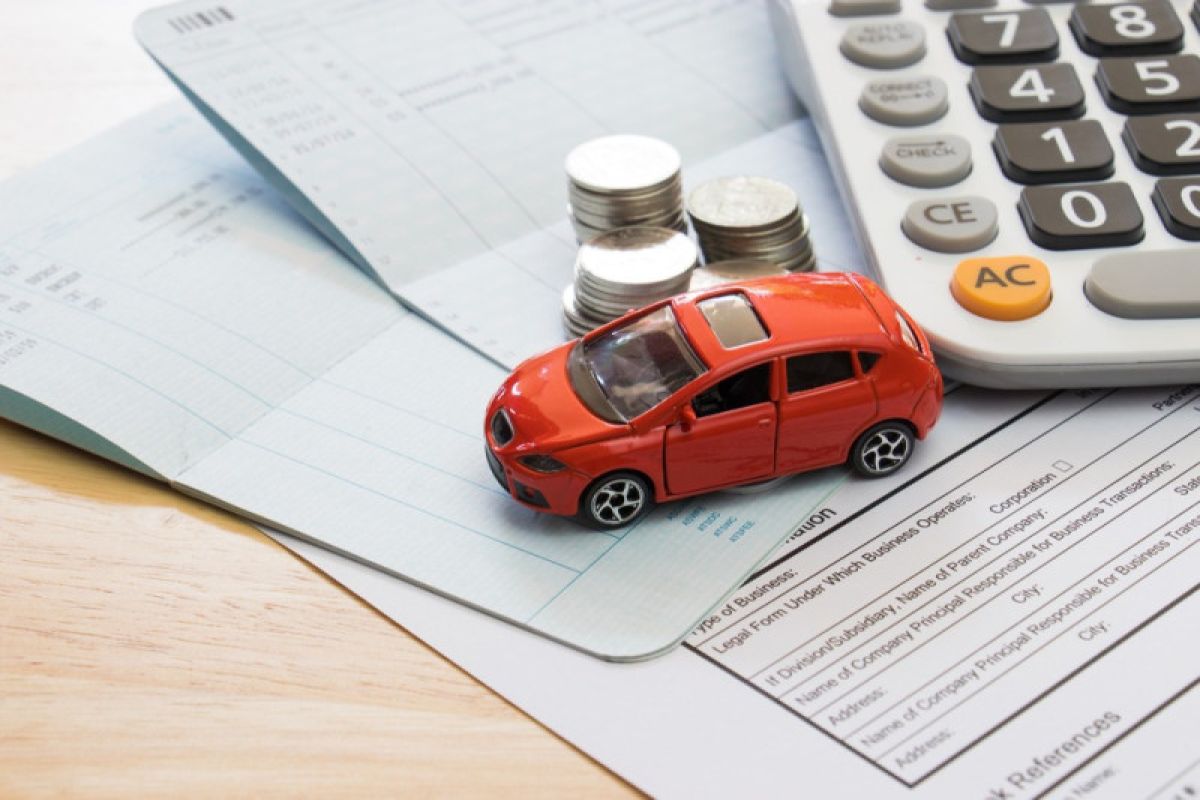How to Claim Vehicle Insurance After an Accident: A Comprehensive Guide
Accidents can be traumatic experiences, both emotionally and financially. Knowing how to navigate the insurance claim process can alleviate some of the stress that comes with it. This article will provide you with a detailed, step-by-step guide on how to claim vehicle insurance after an accident, ensuring you’re well-prepared and informed throughout the process.
Understanding Vehicle Insurance
Before diving into the claim process, it's essential to understand the basics of vehicle insurance. Most insurance policies fall into one of the following categories:
- Liability Coverage: This covers damages to other vehicles or property when you are at fault.
- Collision Coverage: This pays for damage to your vehicle regardless of who is at fault.
- Comprehensive Coverage: This protects against non-collision incidents like theft, vandalism, or natural disasters.
Knowing what type of coverage you have will significantly influence the claim process.
Step 1: Stay Calm and Assess the Situation
Immediately after an accident, it’s crucial to stay calm. Take a moment to assess the situation. Check for injuries to yourself and others involved. If anyone is injured, call emergency services right away. If everyone is safe, you can then begin to gather information.
Safety First
- Move to a safe location if possible.
- Turn on hazard lights.
- Avoid discussing fault with other parties.
Step 2: Gather Information
Collect as much information as you can about the accident. This information will be crucial for your claim.
What to Collect
- Contact Information: Names, phone numbers, and addresses of all parties involved.
- Insurance Details: Insurance company names and policy numbers.
- Vehicle Information: Make, model, year, and license plate numbers of all vehicles.
- Accident Details: Date, time, location, and weather conditions.
- Witness Information: Names and contact details of any witnesses.
Document the Scene
Taking photos can provide essential evidence for your claim. Capture:
- The overall scene.
- Damage to all vehicles involved.
- Any relevant traffic signs or signals.
- Road conditions.
Step 3: Notify Your Insurance Company
Once you have gathered all necessary information, the next step is to notify your insurance company. Most companies require you to report an accident as soon as possible, often within 24 hours.
How to Report
- Call the Claims Department: This is typically the fastest method.
- Use the Mobile App: Many insurance companies have user-friendly apps that allow you to file a claim quickly.
- Online Submission: Some companies also allow you to submit claims through their websites.
What to Expect
When you call, be prepared to provide:
- Your policy number.
- A detailed account of the accident.
- The information you collected from the scene.
Step 4: Fill Out the Claim Form
After reporting the accident, your insurance company will send you a claim form. Fill it out carefully, ensuring all information is accurate and complete. Mistakes or omissions can delay the process.
Key Sections of the Claim Form
- Personal Information: Name, address, phone number, and policy number.
- Accident Details: A narrative of what happened.
- Witness Statements: Any information from witnesses.
- Photos: Attach any relevant photos you took at the scene.
Step 5: Follow Up
After submitting your claim, don’t forget to follow up. The claims adjuster will likely reach out to you for more information or clarification.
Maintain Communication
- Check in Regularly: Contact your adjuster every few days to inquire about the status of your claim.
- Keep Records: Document all communications, including dates, times, and content of conversations.
Step 6: Review the Settlement Offer
Once the insurance company completes its investigation, they will present you with a settlement offer. Review this offer carefully.
Evaluate the Offer
- Compare Costs: Check repair estimates from trusted mechanics.
- Consider Medical Bills: If you incurred medical expenses, ensure these are covered.
- Negotiate if Necessary: If you feel the offer is insufficient, don’t hesitate to negotiate.
Step 7: Complete the Claim
If you accept the settlement offer, you’ll need to complete any final paperwork. Your insurance company will process the claim and issue a payment based on your coverage.
Final Steps
- Obtain Copies: Always keep copies of all documents related to the claim.
- Keep Records of Repairs: If you had repairs done, save all invoices and receipts.
Common Pitfalls to Avoid
- Not Reporting Immediately: Delay in reporting can lead to complications in your claim.
- Admitting Fault: Avoid discussing fault at the scene; let the insurance companies handle it.
- Inadequate Documentation: Failing to gather necessary evidence can weaken your claim.
Understanding Claim Denials
In some cases, your claim may be denied. Common reasons for denial include:
- Lack of coverage for the type of incident.
- Not reporting the accident in time.
- Failure to provide sufficient documentation.
If your claim is denied, you can appeal the decision. Review the denial letter carefully, and provide any additional evidence that may support your case.
Conclusion
Claiming vehicle insurance after an accident can feel overwhelming, but being prepared and informed will ease the process. Always prioritize safety, gather thorough documentation, and communicate effectively with your insurance company. Remember, you have rights as a policyholder, and it’s essential to advocate for yourself to receive the compensation you deserve.
By following this guide, you’ll navigate the complexities of the insurance claim process more confidently. Accidents happen, but with the right knowledge, you can turn a stressful situation into a manageable one. powerberyserver.com

Post a Comment for "How to Claim Vehicle Insurance After an Accident: A Comprehensive Guide"